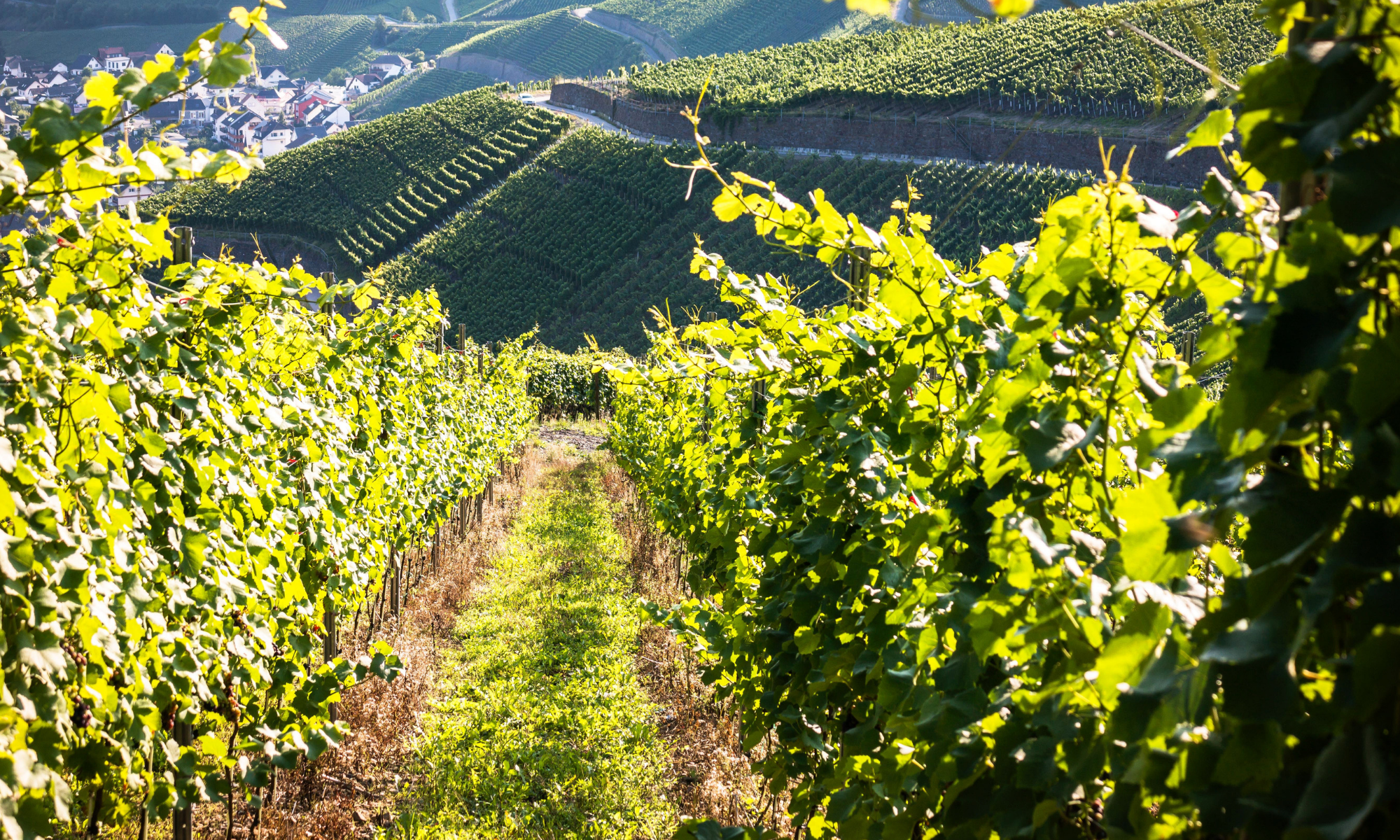 Path to the Stars, My Journey from Girl Scout to Rocket Scientist
Path to the Stars, My Journey from Girl Scout to Rocket Scientist
by Sylvia Acevedo
320 pages; ages 10 & up
Clarion Books, 2018
Rocket science is cool. It’s not all about igniting rockets in your back yard – though that is what Sylvia Acevedo did. A lot of rocket science is math. OK, most of it’s all about the math.
Her love of math is what led Sylvia to science. Her experiences as a Girl Scout provided the platform for her to build upon. Scouting taught her to create opportunities for herself. Scouting helped her plan for the future. It helped her develop entrepreneurial skills (so that’s what cookie sales were for. I thought it was all about the Thin Mints!) and nurtured her self confidence.
What I like love about this book: I loved the scene where Sylvia wove fabric strips and newspapers into a sit-upon. I remember how, in Brownies, we made sit-upons to take to day camp. And net bags for dunking our dishes into steaming water. And how we carried something in our pocket…
Sylvia talks about working for badges, and wanting to do science. Back then, there weren’t so many STEM badges, but she describes her experiments with plants and rockets to earn a science badge. Now girls can choose to explore plants, animals engineering, cyber-security, programming, robotics, and more. She tells a wonderful story about learning how to do regular car maintenance – things like changing oil, checking tire pressure, and replacing worn fan belts. Badges and scouting experiences taught her that she could take control of situations and be prepared for the unexpected.
The other thing she learned: aim high. Sylvia aimed toward space. She worked at the Jet Propulsion Laboratory as an engineer, testing equipment for a solar probe that launched this summer (it takes a long time to build a probe for such a mission!). She also worked on the Voyager 2 flyby of Jupiter.
In an epilogue, Sylvia writes about the heroes who inspired her: Clara Barton, Florence Nightingale, Helen Keller. Although Sylvia isn’t working on space projects at this time, she’s still aiming high. As CEO for Girl Scouts of the USA, she is helping girls all across the country aim for the stars.
Head over to Archimedes Notebook for an interview with Sylvia.

It’s STEM Friday! (STEM is Science, Technology, Engineering, and Mathematics)
Copyright © 2018 Sue Heavenrich All Rights Reserved.






 Bugs Don’t Hug, Six-legged parents and their kids, by Heather L. Montgomery; illus. by Stephen Stone
Bugs Don’t Hug, Six-legged parents and their kids, by Heather L. Montgomery; illus. by Stephen Stone



 Animal Zombies, by Chana Steifel
Animal Zombies, by Chana Steifel



